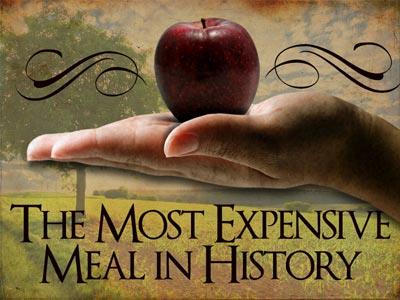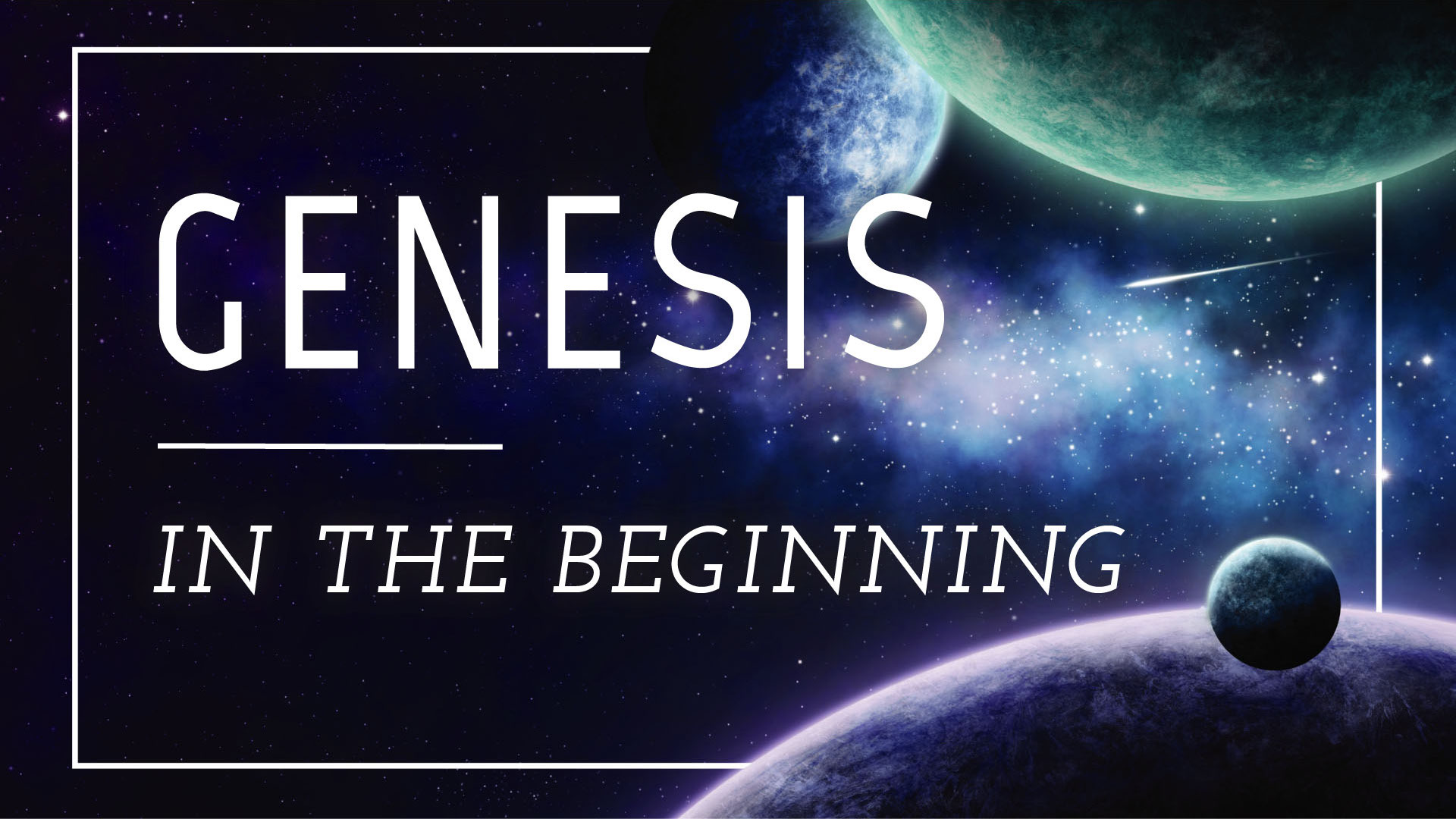-
The Life God Intended Series
Contributed by Roger Thomas on Nov 28, 2017 (message contributor)
Summary: An exposition of Genesis 2 that reveals the life God intended before sin entered the picture.
The Life God Intended
Genesis 2
Dr. Roger W. Thomas, Preaching Minister
First Christian Church, Vandalia, MO
Introduction: One of my favorite parts of Boy Scouting was orienteering. I was a scout for about a year before I dropped out in favor of sports. During that year, I learned the knots, hiked in the woods, slept in a tent, and spent a week at scout camp. That’s where I learned about orienteering.
Orienteering involved learning to follow a course with a map and a compass. The instructions might say go fifty yards due north. Turn twenty degrees to the east and walk another twenty-five yards. If followed correctly, the instructions would take you to a predetermined destination and a prize.
Success depended on two things. First, you had to follow instructions. That was the big test. But even more importantly, you had to read a compass and know one direction from another. Done right, you would always know where you were and what direction you were headed. If you went off course, you were supposed to be able to reorient yourself and find your way back.
That’s orienteering. That’s also life. The same two principles apply. Ignore the instructions at your own peril. Life is not a game. You are not going to get out of this world alive so you better pay attention. This requires knowing your directions and keeping yourself oriented.
This brings us to Genesis 1-3. We are studying our way through the first three chapters of the Bible in preparation for our 40 Days of Purpose beginning in February. These chapters provide more than a preface to the Bible. They offer an orientation to life. If we pay attention, the lessons of these chapters can guide us through a whole maze of confusing issues in our world.
Today’s sermon comes in two parts. In Part I, I will walk through the chapter, section by section. We will call this our analysis. Like a tour guide, I will note various points of interest along the way. The second step will involve application. I will briefly highlight a handful of contemporary topics to which this chapter speaks.
Part I: Analysis. The chapter naturally divides into five parts. Verses 1-3 might better be read with chapter 1. Here God rests on the seventh day after the six days of creation. The first part of verse 4 provides an introduction to what follows. “This is the account of the heavens and the earth when they were created.” Think of this like a chapter title. This kind of statement occurs ten times in Genesis. Each marks the start of a new discussion (cf. 5:1; 6:9; 10:1; 11:10, 27; 25:12, 19; 36:1, 9; 37:2).
The rest of the chapter divides into three big chunks. The second half of verse 4 through verse 7 explains the manner of man’s creation. Verses 8-17 describe the purpose for his creation. Verses 18-25 picture the completion of his creation.
Genesis 1 already told of the creation of mankind, male and female. That was an overview of what is now described in detail here in chapter two. Think of it like a movie that begins with a wide-angle shot of a city from high above. The next scene quickly zooms in on one block and then one house and finally one person in one room in that house. Genesis 1 is the big picture. Genesis 2 zooms in on one piece of Day Six. Note how verse 4 refers to the LORD God with LORD in all capitals. This is the first use of the Bible’s special name for God, Jehovah or Yahweh. That’s what LORD in all caps always means in our translations. Jehovah is the name for God as the one who makes covenants and enters into personal relationships with humans. He is not a distant Creator. He is the God who wishes to get up close and personal with his creation.
Before man was made, earth was not yet a very hospitable place to live. God made the first man and then made for him a perfect home. Verse 7 repeats what we learned from Genesis 1. God made man in a different way than anything else. He is made of the same stuff as everything else on earth. Hebrew scholars believe the name Adam meant “from the red earth.” But humans are more than just physical elements. “The LORD God formed the man,” it says. This uses the language of the potter. It describes a very intimate and personal activity.
Verses 8-17 describe life in the garden God prepared for the first man. According to this description, the Eden was both real and delightful. The emphasis, however, is upon Adam’s purpose rather than his place. He had two purposes: work and worship. He cared for the Garden. Such work wasn’t a punishment but a privilege. God granted him the honor of serving as a steward or care taker of the creation. But Adam was the manager, not the owner. To help make that point, God placed two special trees in the garden. Both were gifts of God.

 Sermon Central
Sermon Central



